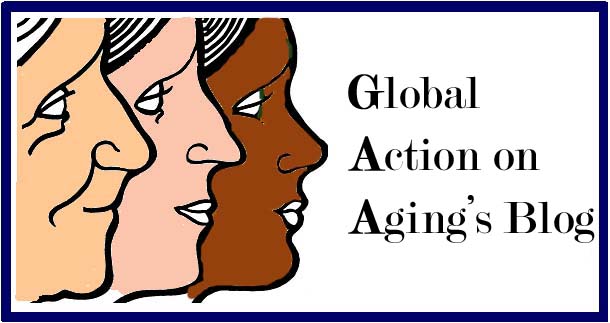In July, 1981, the New York Times reported on a rare form of cancer among gay men in New York and California. This “gay cancer” was later identified as Kaposi's Sarcoma, a disease that later became known as HIV/AIDS. At the same time NYC hospitals started to see more and more young, seemingly healthy, men with fevers, flu – like symptoms, and a rare pneumonia called Pneumocystis. This was the beginning of what has become the biggest health care concern in modern history. Getting diagnosed with HIV in the 80's was equal to a death sentence. A long time survivor was someone who lived 12 months, and most people were dead in six months. Today the story is different. Thanks to research a long time survivor is someone who has lived with the virus for maybe 30 years. This is possible thanks to the progress scientists have made in HIV/AIDS medical research. Research has even shown that new drugs can help prevent people from being infected with the virus (if practiced with safe sex).
Unfortunately there aren't' that many longtime survivors left.
HIV Medication Through History
The first HIV medication arrived in 1987. The drug was called Retrovir (AZT, Zidovudine). Retrovir was the first big step in the battle against HIV/AIDS. In 1992 combination therapy was introduced, AZT could now be combined with another drug called Hivid. In 1996 new “triple therapies' gave patients and doctors new hope in the battle against the virus. Around this time scientist discovered that HIV/AIDS hides in the resevoirs in the body, making total elimination of the virus virtually impossible. Truvada and Epzicom, as well as two protease inhibitors arrived in 2004. These drugs showed a great improvement from what previously was available. In 2012 a few interesting things happened in HIV/AIDS research. Truvada was approved by the FDA as the first HIV prevention pill on the market and the pharmaceutical company Gilead introduced a 'once a day pill' called Stribild, which was approved by the FDA in August 2012. What makes this drug special is that it contains four different HIV medications. In studies run by the company 88 – 90 percent of patients taking the medicine had undetectable levels of HIV in their blood after 48 weeks. On the other hand, Stribild is very expensive. The cost hovers around $28.500 per patient per year. And the New York State Health Department declared that Stribild is not covered by NY Medicaid.
Research has brought survival odds very far when it comes to developing HIV/AIDS drugs. Stribild and Truvada offer lot of hope when it comes to the battle against HIV/AIDS. This should be celebrated,. But should the pharmaceutical companies take responsibility on how they choose to market these drugs? Could the message “a pill once a day” give people a false message about HIV/AIDS? And, what is the profit margin for the companies? How much profit should they extract from infected individuals or from the general public through Medicaid?
Sanna Klemetti
s.klemetti@globalaging.org

Good web site you have here.. It's difficult to find high-quality writing like yours these days. I honestly appreciate people like you! Take care!!
ReplyDeleteHere is my web site - Bmr calculator